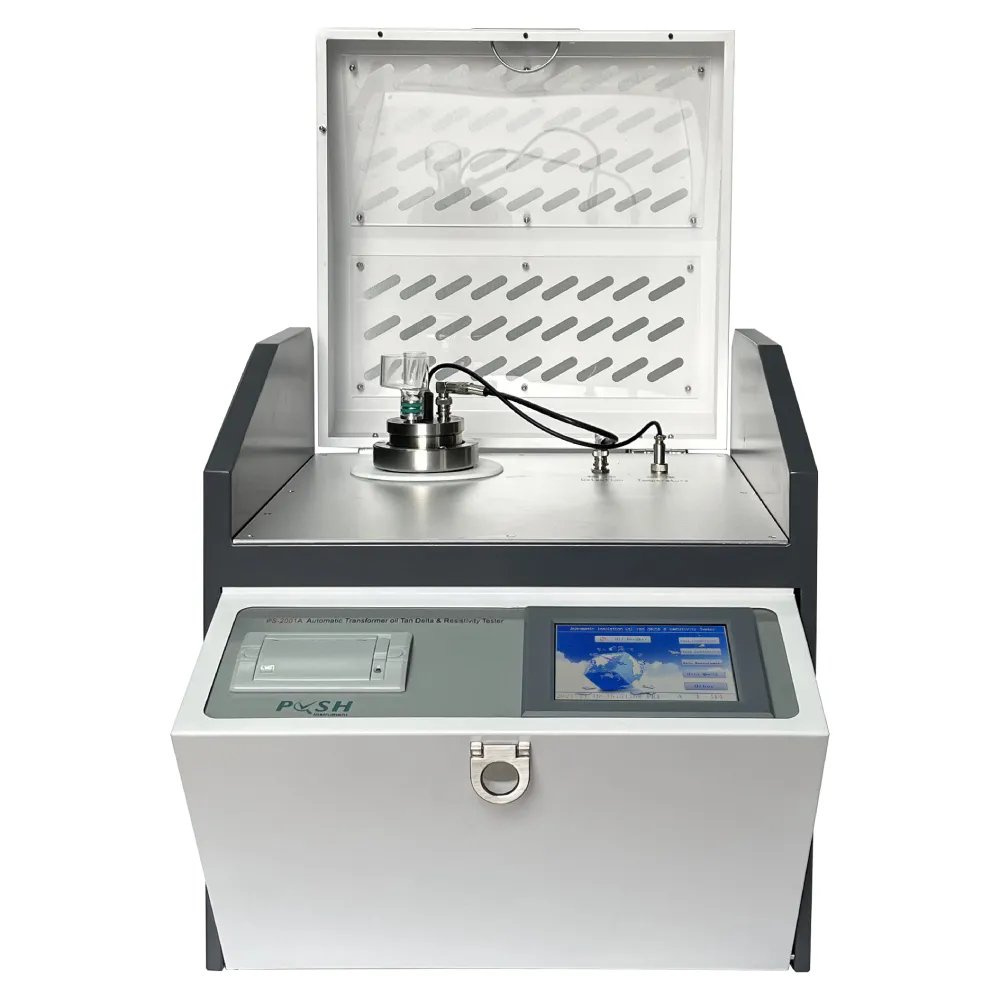 English
English


Understanding PMCC Flash Point and Its Importance in Safety Measures
Understanding PMCC Flash Point A Critical Safety Measure in Handling Flammable Liquids
The PMCC flash point, or Pensky-Martens Closed Cup flash point, is a crucial metric in the field of chemical safety and handling of flammable liquids. Understanding the PMCC flash point is essential not only for regulatory compliance but also for ensuring the safety of workers, facilities, and the environment. This article delves into the importance of the PMCC flash point, how it is determined, and its implications in various industries.
What is PMCC Flash Point?
The PMCC flash point is defined as the lowest temperature at which the vapor of a flammable liquid will ignite when exposed to an ignition source, in a closed environment. The test method, performed with a Pensky-Martens apparatus, involves heating a sample of liquid in a closed cup while introducing a small flame at intervals. This method is particularly important because it simulates real-world conditions where the liquid is contained, providing a more accurate measure of the flash point compared to open cup methods.
Why is PMCC Flash Point Important?
1. Safety Compliance The PMCC flash point is used globally to classify flammable liquids, further determining how they are stored, transported, and handled. Regulatory bodies like OSHA (Occupational Safety and Health Administration) and the EPA (Environmental Protection Agency) refer to flash point values to set safe handling guidelines.
2. Fire Risk Assessment Knowing the flash point of a substance is essential for assessing fire risks in industrial settings. For instance, liquids with a low PMCC flash point (below 60°C or 140°F) are categorized as highly flammable and require stringent safety measures to minimize the risk of ignition, especially in environments with high temperatures or potential sparks.
3. Material Selection Businesses involved in storing or using flammable liquids must consider their PMCC flash points when selecting materials for containers, piping, and protective equipment. Using materials that can withstand specific flash point conditions helps avoid catastrophic failures and ensures compliance with safety standards.
How is PMCC Flash Point Determined?
pmcc flash point

The PMCC test is conducted using a standardized apparatus. The liquid sample is placed inside a closed cup with a lid that can be opened to introduce a flame. The testing process involves gradually heating the liquid while periodically applying the flame. Observations are made regarding whether the vapors ignite, and the temperature at which this occurs is recorded as the flash point. This method provides a controlled environment, reducing the variability that can be seen in other measuring techniques.
Limitations and Considerations
While the PMCC method provides valuable information on the flammability of liquids, it is essential to consider that the flash point alone does not determine the combustibility of a material. Factors such as vapor density, ambient temperature, and the specific conditions of the environment can influence fire behavior. Therefore, the PMCC flash point should be used alongside other safety data and assessments.
Applications Across Industries
The PMCC flash point is a significant consideration in various industries, including
- Chemical Manufacturing For chemical manufacturers, knowing the flash points of materials is critical for safe production and storage processes. - Pharmaceuticals In drug production, controlling flammability risks is vital to maintain a safe work environment. - Oil and Gas In the petroleum industry, flash points help in the safe transportation and storage of fuels and lubricants. - Food and Beverage Alcohol-based products require careful handling due to their low flash points.
Conclusion
Understanding the PMCC flash point is an integral aspect of safety management in industries handling flammable materials. By adhering to PMCC guidelines and conducting thorough assessments, companies can significantly mitigate risks associated with fire hazards, protect their workers, and comply with regulatory standards. As we continue to engage with increasingly complex materials and processes, the importance of comprehensive knowledge regarding the PMCC flash point will only grow. Safe practices begin with informed decisions, and the PMCC method is pivotal in informing those decisions.
-
Differences between open cup flash point tester and closed cup flash point testerNewsOct.31,2024
-
The Reliable Load Tap ChangerNewsOct.23,2024
-
The Essential Guide to Hipot TestersNewsOct.23,2024
-
The Digital Insulation TesterNewsOct.23,2024
-
The Best Earth Loop Impedance Tester for SaleNewsOct.23,2024
-
Tan Delta Tester--The Essential Tool for Electrical Insulation TestingNewsOct.23,2024





